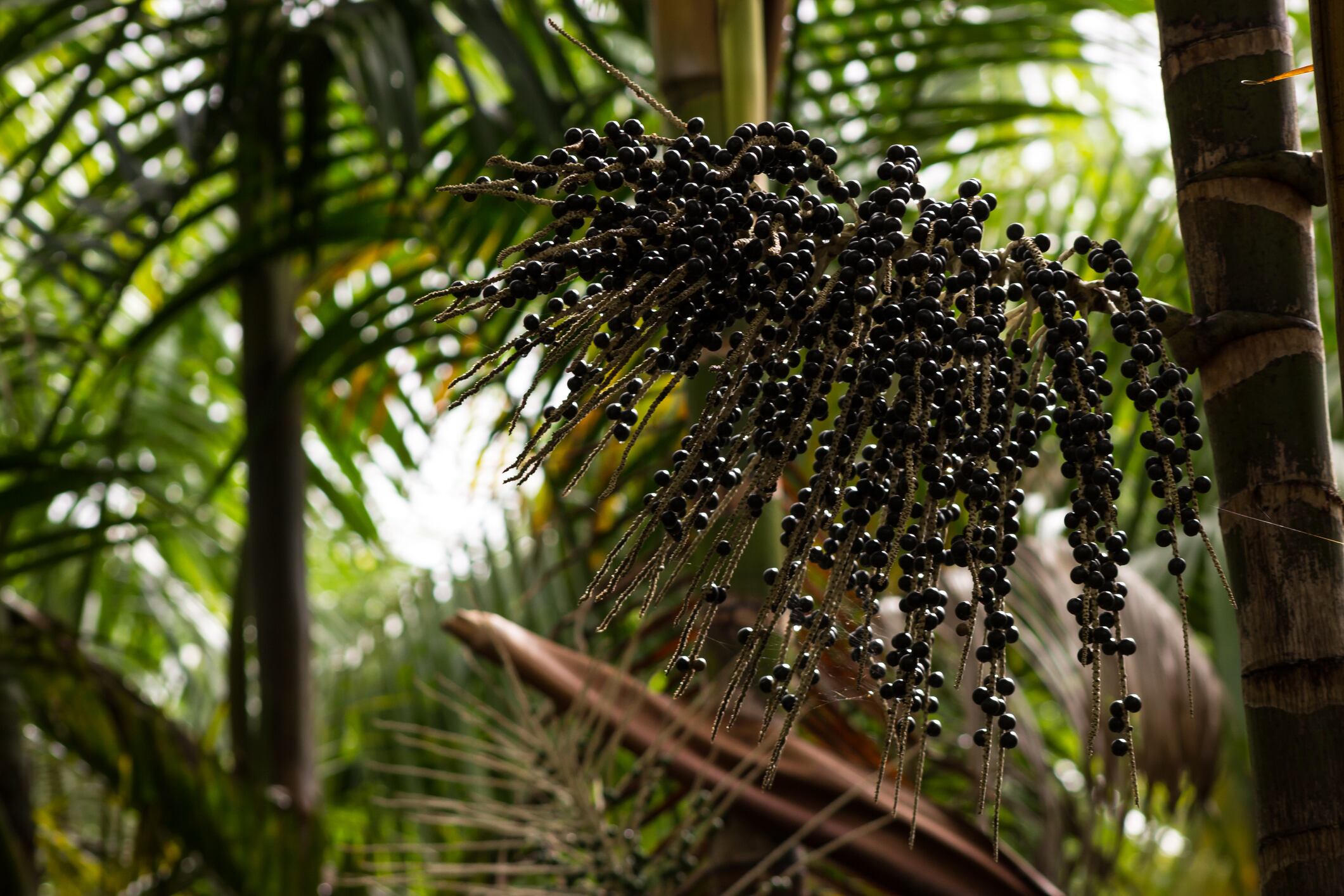In a review article published in the journal Molecules, researchers associated with institutions in Chile, Cuba, and various institutions in the United States, Europe and Asia assessed the chemical constituents of 106 species of Piper. They also looked at the traditional usages of these species.
Genus with long history in trade
The pepper plant is one of the oldest spices in trade. Dominating trade in the spice and others from the Far East was the spur for the development of overseas empires, including those of the Netherlands, England, Portugal and France.
The plant has a long history as a dietary ingredient, too. It is a component of curries in India and Southeast Asia, and was thought to be key part of the phytochemical entourage that gave this style of cooking its health promoting properties.
More recently companies like Sabinsa have developed the ingredient as a bioavailability enhancer for other hard-to-absorb ingredients, such as curcumin. The company markets its piperine extract under the trade name BioPerine. The ingredient exerts its effects at low dosages (typically 5 mg). Sabinsa says the mechanism of action is still not entirely clear, but postulates that it may enhance uptake of other nutrients via a modification of the efflux mechanism, by altering glucoronidation, or by a thermogenic effect.
Hundreds of bioactive compounds
The researchers catalogued the various bioactive components in the 106 species of pepper, which have a pan tropical distribution. The Piper genus contains a number of already well known plants with bioactive compounds, such as piperine from black pepper (Piper nigrum), chavibetol from betel leaf (Piper betle) and methysticin from kava root (Piper methysticum).
The chemical constituents of these species were grouped by the researchers into families based on their modes of action. They looked at the anti proliferative, anti inflammatory and neuropharmacological effects of the various plants. Studies into all of these were listed in 420 citations.
The researchers also looked into the traditional uses of the plants, which have been employed in the treatment of neurological conditions, psychiatric disorders, stomach ailments, wound treatment and other indications.
Untapped potential
The researchers concluded that many beneficial aspects of this genus of plants remain to be developed by industry. For example, pepper extracts could be potent food safety additives, given their anti proliferative and anti oxidant properties, though the researchers noted the pungent quality of piperine would need further development of food formulations.
“There is an increasing demand for natural food preservatives due to the emergence of antibiotic-resistance microorganisms. . . . However, Piper extract could affect food organoleptic characteristics,” they wrote.
“Consequently, new studies and technologies are needed to be developed to enhance food safety and quality without changing the organoleptic properties of the food itself,” the researchers added.
The researchers also noted that chronic inflammation underlies many of the lifestyle related conditions that plague populations in the developed countries. Plants of the Piper genus have untapped potential to be useful in this arena, they said.
“Piper species have demonstrated to possess therapeutic and preventive potential against several chronic disorders due their anti proliferative, anti-inflammatory, and neuropharmacological activities. Collectively, the studies developed with Piper species claim that these plants are potential candidate for treatment of inflammation-based diseases. Therefore, further efforts should be made to investigate standardized Piper plants using well-designed studies owing their widespread use. In addition, a wide range of possibilities are open for the development of functional foods based on Piper species,” they wrote.
Source: Molecules
2019 Apr 7;24(7). pii: E1364. doi: 10.3390/molecules24071364
Piper Species: A Comprehensive Review on Their Phytochemistry, Biological Activities and Applications.
Authors: Salehi B, et al.




